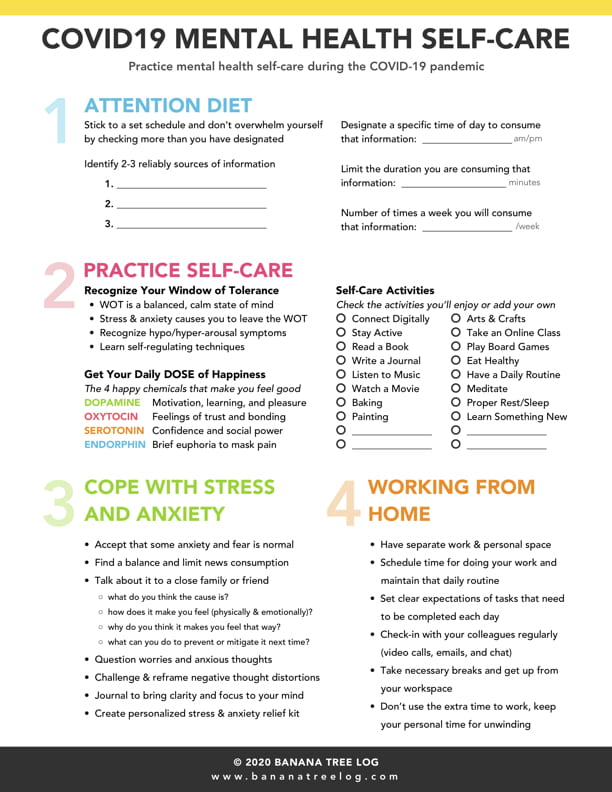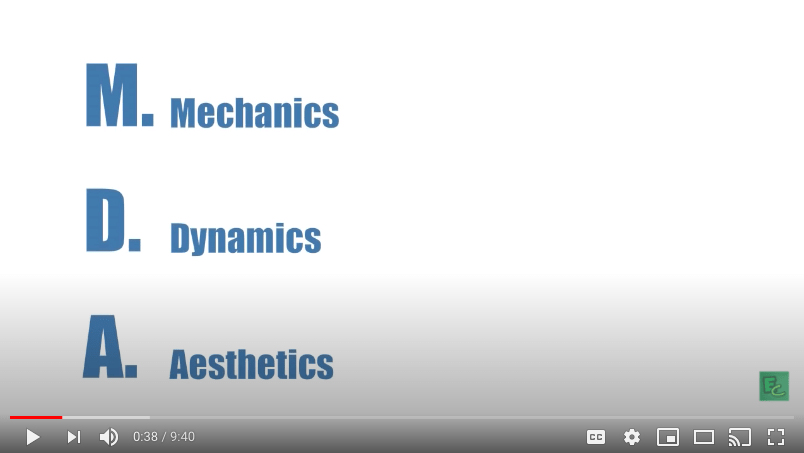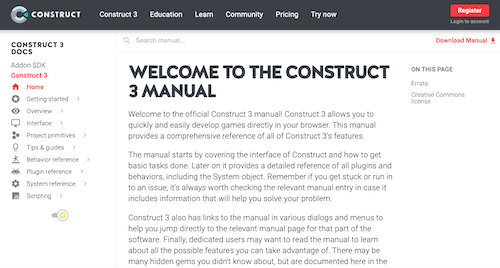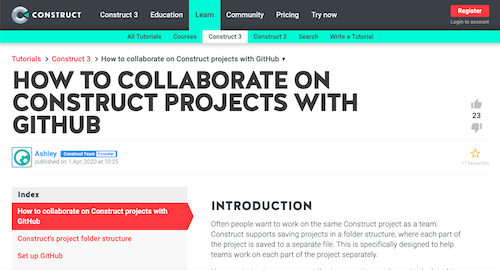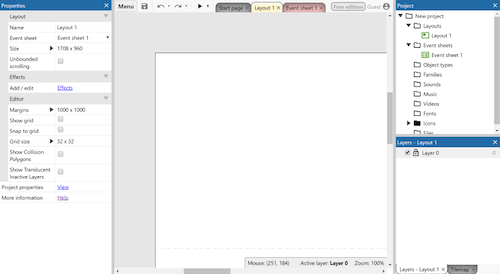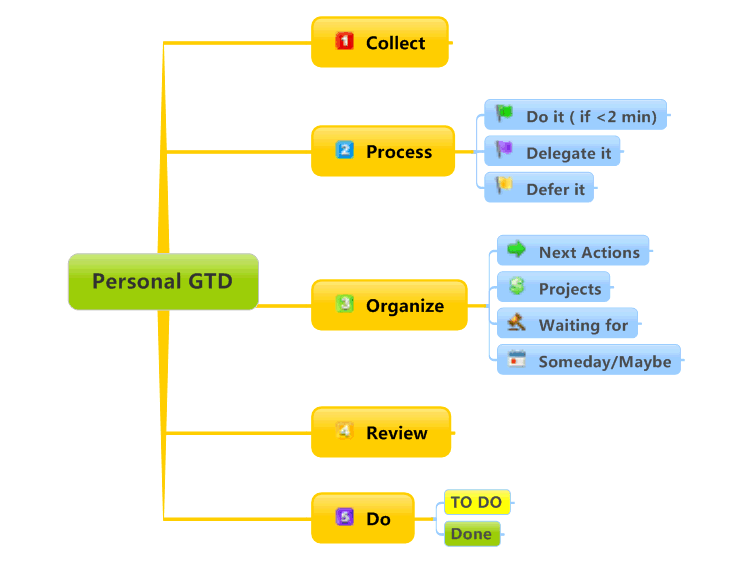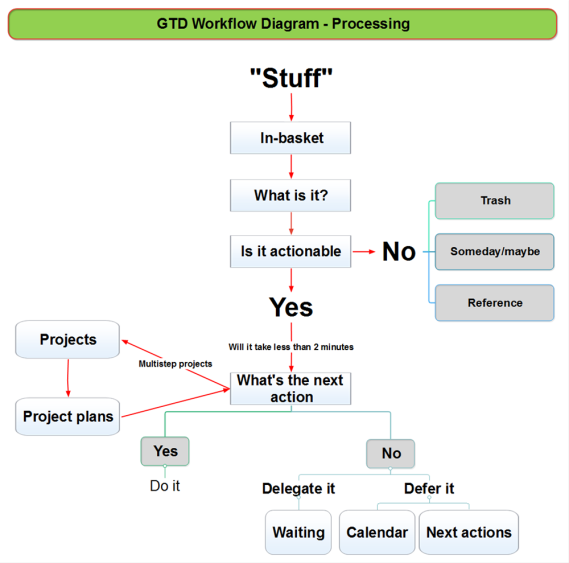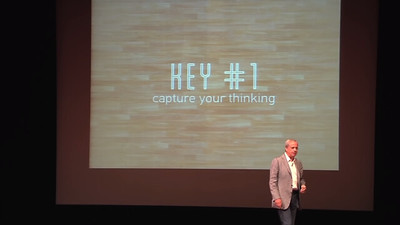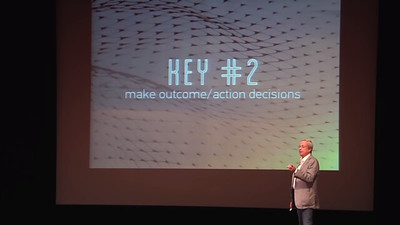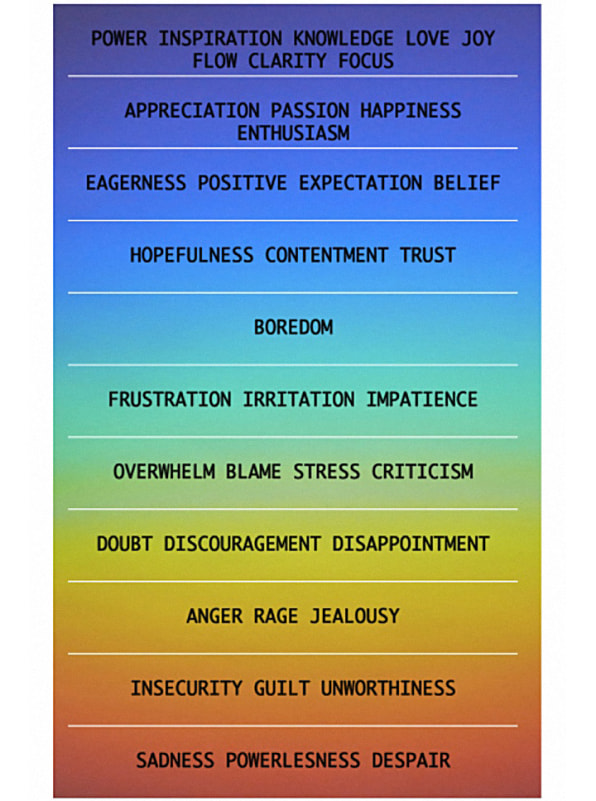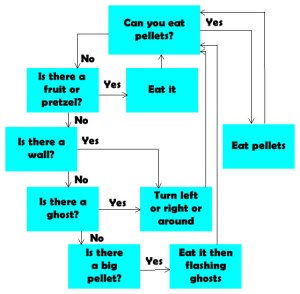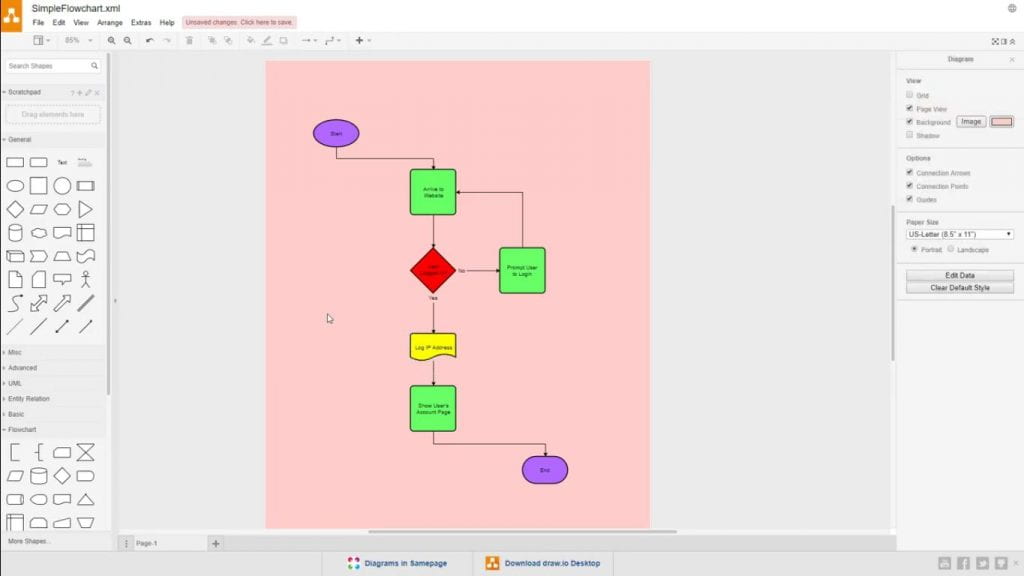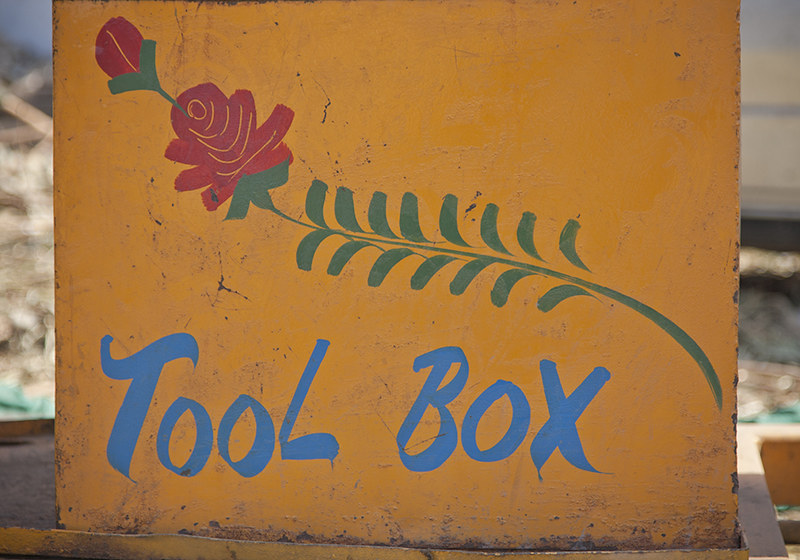| Formal Elements | |
| The Basics | |
| Name of the game | The Last of Us |
| The platform | PS4 |
| Time played (should be at least 30 minutes) | 90 minutes |
| If you could work on this game (change it), what would you change and why? | I think I would change the sneaking a bit. I would add the ability to go prone, as to hide better from enemies. |
| Players | NOTES |
| How many players are supported? | 1 |
| Does it need to be an exact number? | Yes |
| How does this affect play? | It makes it a bit harder at times, due to the fact that you have no help from someone you can communicate with. |
| Some types of player frameworks:Single Player – like Solitare.Head-to-head – 1 vs. 1, Chess.PvE – Player vs. Environment, or multiple players vs. the game. Common in MMOs like World of Warcraft.One against Many – Single-player vs. multiple (obvy).Free-for-all – Every man for himself (1 vs. 1 vs. 1 vs. 1..). Most common for multiplayer games, from Monopoly to Modern Warfare.Individuals Against the System – Like Blackjack, where the Dealer is playing against multiple players, but those players have no effect on each other.Team Competition – Multiple vs. multiple, i.e. sports.Predator-prey – Players form a circle and everyone’s goal is to attack the player on their left and defend themselves from the player on their right.Five-pointed Star – Eliminate both players who are not on either side of you. | |
| Objectives/Goals | NOTES |
| What are the players trying to do? | The player is trying to survive a zombie apocalypse, while trying to get a girl, Ellie, to a group called the fireflies. |
| Some common objectives include:Capture/Destroy – Eliminate all your opponents pieces (Chess).Territorial Acquisition – Control as much territory as you can, not necessarily harming other players (RISK).Collection – Collect a certain number of objects throughout the game (Pokemon).Solve – Solve a puzzle or crime (Clue).Chase/race/escape – Anything where you are running towards or away from something (playground game Tag).Spatial Alignment – Anything involving the positioning of elements (Tetris or Tic-Tac-Toe or that game at Cracker Barrel).Build – Advance your characters or build your resources to a certain point (The Sims).Negation of another goal – The game ends if you perform an act that is forbidden by the rules (Jenga or Twister). | |
| Rules/Mechanics | There really are no rules, you just have to get through certain areas by killing people/zombies in any way that you can think of. |
| There are three categories of (what the book Rules of Play calls) operational rules:Setup – the things you do at the beginning of a game.Progression of Play – what happens during the game.Resolution – How an outcome is determined based on the game state. | |
| Controls | NOTES |
| What controls are used? | Typical PS4 controls are used. Left stick moves, right stick looks. Triggers shoot. |
| Was there a clear introductory tutorial? | Kind of. The tutorial was a little confusing, but it all starts to get easier as you ease into the game. It starts off pretty slow, allowing for the player to get comfortable. |
| Were they easy to understand or did you find yourself spamming the controller? | |
| Resources & Resource Management | NOTES |
| What kinds of resources do players control? | The player has to find all resources. Ammo, things for medkits, weapons, components for bombs, all have to be found by the player in the environment. |
| How are they maintained during play? | You run out of materials pretty quickly, but they are very easy to find. |
| What is their role? | Since all material must be found, without it, the player could never survive. |
| A resource is everything under the control of a single player. Could be the money in Monopoly or health in WoW. Other examples are:Territory in RISK The number of questions remaining in 20 Questions Objects picked up during videogames (guns, health packs, etc.)Time (game time, real-time, or both)Known information (like suspects in Clue) | |
| Game State | NOTES |
| How much information in the game state is visible to the player? | |
| A snapshot of the game at a single point is the game state. The resources you have, the un-owned properties in Monopoly, your opponent’s Archery skill all count towards the game state. Some example information structures are:Total Information – Nothing is hidden, like Chess.Info per player – Your hand of cards is only visible to you.One player has privileged info – Like a Dungeon Master.The game hides info from all players – Like Clue, where no one knows the victory condition.Fog of War – In video games, where certain sections of the map are concealed if you do not have a unit in sight range of that area. You also cannot see other players’ screens, so each player is unaware of the other’s information. | |
| Sequencing | NOTES |
| In what order do players take their actions? | The actions happen in real time with the player and enemies moving simultaneously. |
| How does play flow from one action to another? | It flows very smooth |
| Some structures include:Turn-based – Standard board game technique.Turn-based with simultaneous play – where everyone takes their turn at the same time (like writing something down or putting a card down in War).Real-time – Actions happen as fast as players can make them. Action-based video games.Turn-based and time limits – You have this long to take your turn. | |
| Player Interaction | The interactions are almost always direct conflict between player and enemies. |
| Some examples:Direct Conflict – I attack you.Negotiation – If you support me here, I’ll help you there.Trading – I’ll give you this for that.Information Sharing – If you go there, I’m warning you, a trap will go off. | |
| Theme & Narrative | NOTES |
| Does it have an actual story structure? | Yes. The whole game is driven by story. There are really no choices left up to the player, it is all predetermined. |
| Is it based on a historical event (or similar)? | No |
| Does the theme or narrative help you know how to play? | Not really. The narrative is just “zombie apocalypse” |
| Does it have emotional impacts? | Yes. Within the first couple minutes, the main characters daughter is shot and killed, and that is pretty emotional. |
| Also, look for en media res (does it start in the middle of the game)? | |
| The Elements in Motion | NOTES |
| How do the different elements interact? | They interact fairly well, there are some glitches here and there due to it being a fairly old game. |
| What is the gameplay like? | It is very fast paced, lots of split second decisions have to be made on how to survive. |
| Is it effective? | Yes |
| Are there any points where the design choices break down? | Not that I can think of |
| Design Critique | NOTES |
| Why did the designer make these particular choices? | |
| Why this set of resources? | They wanted to make the resources seem scarce as to mimic what a real disaster like this would be like |
| What if they made different decisions? | It think any different decisions would have made the game less fun |
| Does the design break down at any point? | Not that I can think of |
| Graphics & Sound | NOTES |
| Does the game art pair well with the mechanics? | Yes. The environments are very beautiful with a lot of detail. |
| Did you find any bugs or glitches? | The environment never glitches that I have seen. |
| What about sound? | The sound is very well done. The original music is very calm and soft, typically heavy on guitar and it fits very well with the gameplay |
| Can you spot any technical shortcuts? | No |
| Various Stages of the Game | NOTES |
| To wrap up, some things to keep in mind (as if there aren’t enough already) as you play: | |
| What challenges do you face, and how do you overcome them? | One major challenge is the main character and the girl he is protecting not getting along at first. They don’t trust each other and this causes some challenges that gets people killed |
| Is the game fair? | Yes |
| Is it replayable? Are there multiple paths to victory or optional rules that can change the experience? | Yes it is replayable. I have played it multiple times and find new things every time |
| What is the intended audience? | Teens and adults due to the violent content |
| What is the core, the one thing you do over and over, and is it fun? | The core is honestly just killing enemies and yes it is fun due to the variety of ways it can be done. |

